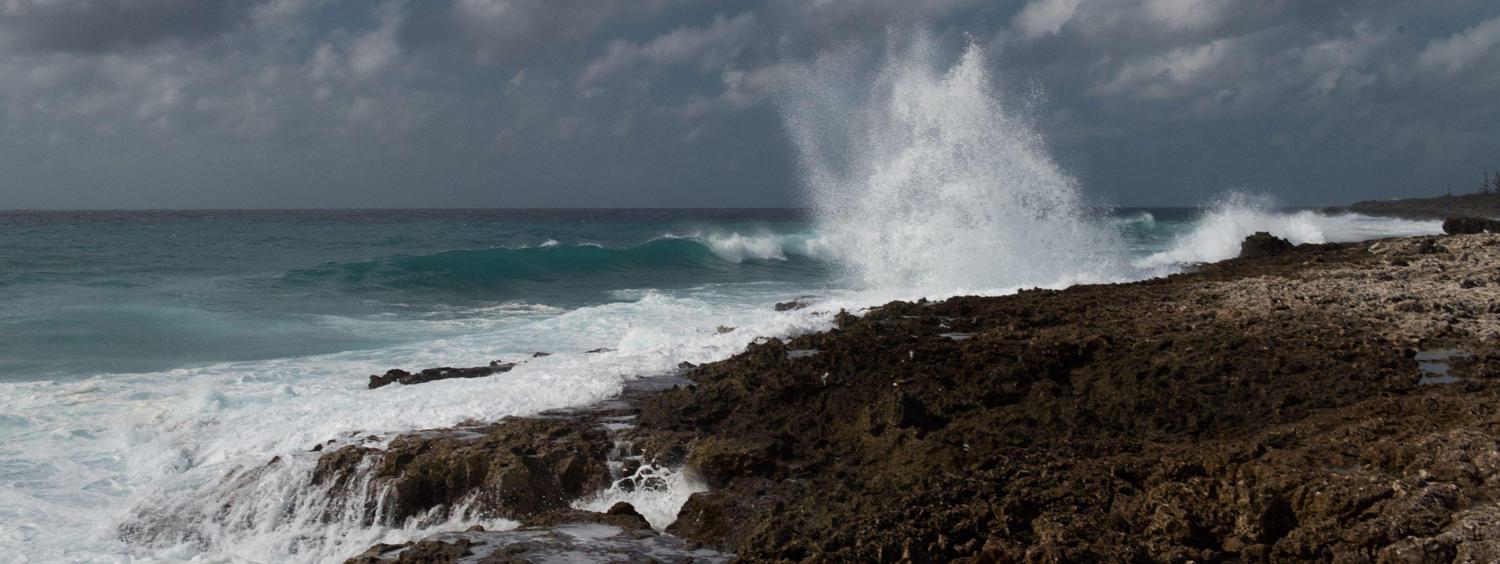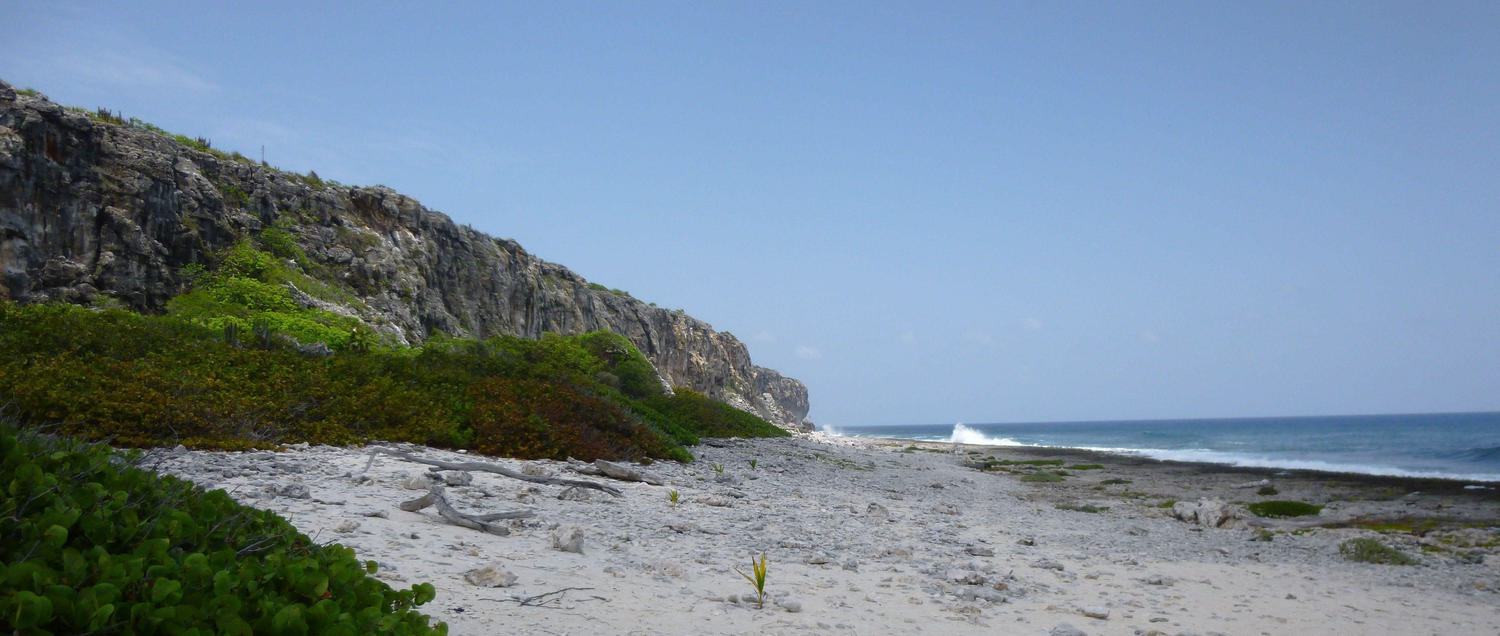Cayman is world-renowned for its marine life, but there is much to see on land as well. Over 650 different species of plants, of which 415 are native, have been recorded in Cayman and the forests are far more diverse than those found in more temperate, northerly latitudes.
Two of the best places to see the flora and fauna of Grand Cayman are the QEII Botanic Park, where you’ll spot lots of the endangered Blue Iguanas (you can also visit the Blue Iguana Conservation Facility to see the blues up close and personal), and the Mastic Trail. Cayman Brac and Little Cayman are also particularly popular with bird watchers. Little Cayman has a major breeding ground for a species of cormorant called the Red-Footed Booby.
Grand Cayman
The Mastic Reserve was established in 1992 to protect the largest contiguous area of untouched, old-growth forest in Grand Cayman. Located in the rugged interior of central Grand Cayman, the Mastic Reserve is of international significance, representing some of the last remaining examples of the Caribbean’s lowland, semi-deciduous dry forest, and is home to a wide variety of animals and plants unique to the Cayman Islands.
Cayman also has a colourful native green parrot that can be heard chattering in almond trees on all three islands, especially at sunset. Frogs and lizards are common around houses, especially those backing onto the bush. Owls and bats can be seen at night. Large, edible land crabs crawl across roads after heavy rains. The agouti is shy and rarely seen but can be spotted in the Eastern districts. Fresh water ponds attract migrating birds and are filled with hicatees, a species of aquatic tortoise and tiny minnows. Much of Cayman is covered in wetland and large areas of mangrove wilderness, an essential breeding ground for fish and birds.
Mangroves are now a protected habitat in Cayman and cannot be removed without authorisation. Their protection is a major objective of the National Trust for the Cayman Islands. To learn more about the practical health applications of Cayman’s flora and fauna, follow Bush Girl Medicine on Facebook and Instagram (@bushgirlmedicine).
Little Cayman
The Booby Nature Reserve in Little Cayman provides a habitat for many types of wetland and shore birds, and a high diversity of native plants. The most distinctive aspect of the Booby Pond is its resident colony of approximately 4,000 Red-footed Boobies (Sula sula). The reserve is the only breeding site for the Red-footed Booby in the Cayman Islands and the colony is one of the largest of this species in the region.
Cayman Brac
In Cayman Brac, you can visit the Brac Parrot Reserve that encompasses 282 acres of contiguous protected land that is dominated by pristine, ancient dry forest on a very rough and rocky terrain. A great diversity of native trees support breeding pairs of the Cayman Brac Parrot (Amazona leucocephala hesterna), as well as other forest birds such as the Red-legged Thrush, White-crowned Pigeon (“Bald Pate”) and Black-whiskered Vireo. To book a tour of the Mastic Trail or Blue Iguana Conservation facility, email: tours@nationaltrust.org.ky Visit www.nationaltrust.org.ky to discover environmental sites protected by the National Trust for the Cayman Islands.





